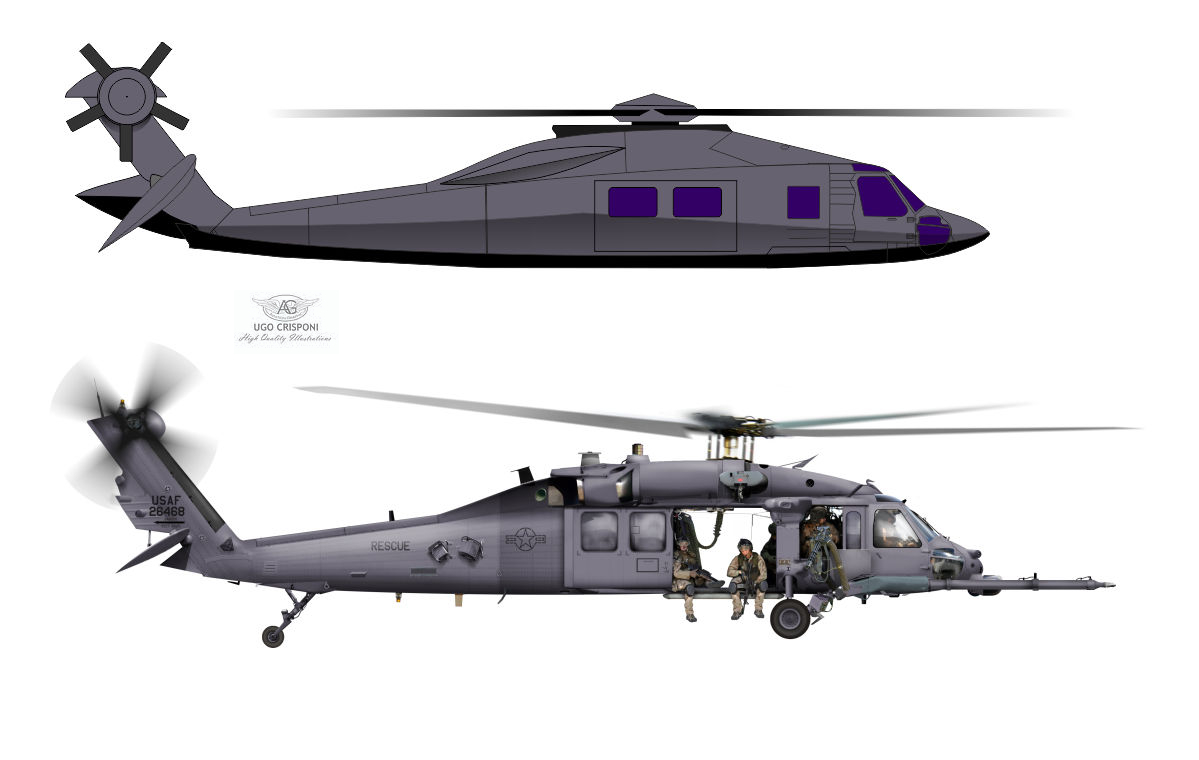Learn About the Flying and Training Required for Operating a Blackhawk Helicopter
Learn About the Flying and Training Required for Operating a Blackhawk Helicopter
Blog Article
Exploring the Thrills and Innovations of the Blackhawk Helicopter
The Blackhawk helicopter stands as a testimony to armed forces aviation's advancement, combining technical innovations with practical applications. What lies ahead for this legendary airplane, and just how will arising innovations shape its future in armed forces operations?
History of the Blackhawk Helicopter
Considering that its inception in the 1960s, the Blackhawk helicopter has actually played a crucial function in modern armed forces aeronautics. Established by Sikorsky Aircraft, the UH-60 Blackhawk was designed to meet the united state Army's demand for a functional energy helicopter with the ability of doing a selection of objectives, including troop transportation, clinical discharge, and freight airlift. The design was an action to the restrictions of earlier helicopters, specifically in terms of survivability, ability to move, and rate.
The Blackhawk made its initial trip in 1974 and quickly got in solution in 1979. Its introduction noted a substantial development in helicopter technology, featuring a two-rotor system that enhanced performance and security. The aircraft's sturdy building and progressed avionics enabled it to operate effectively in diverse atmospheres and problems.
Throughout the years, the Blackhawk has actually been constantly upgraded, incorporating lessons gained from numerous battle scenarios. Its implementation in conflicts such as the Gulf Battle, Somalia, and the War on Terror further solidified its track record as an important property. The Blackhawk's tradition is identified by its versatility and durability, making it a cornerstone of military aeronautics for decades.
Trick Attributes and Requirements
The Blackhawk helicopter is identified by its durable design and progressed technical attributes, which collectively boost its operational capacities. Designed mainly for utility missions, the Blackhawk boasts a maximum departure weight of around 22,000 extra pounds, enabling it to carry substantial payloads while preserving dexterity.
Furnished with two General Electric T700-GE-701C engines, the Blackhawk accomplishes an optimal speed of around 183 knots and a variety of 368 maritime miles - Blackhawk Helicopter. Its cutting edge blades system includes a four-blade main blades and a four-blade tail blades, guaranteeing security and maneuverability in different flying problems
The helicopter's cabin can fit approximately 11 soldiers or different cargo arrangements, showcasing flexibility in goal accounts. In addition, the Blackhawk is made with sophisticated avionics, consisting of electronic trip controls and an extensive cabin display, improving pilot situational awareness.
For boosted survivability, the Blackhawk integrates ballistic armor and self-sealing fuel tanks. Its capacity to run in varied atmospheres, from deserts to icy terrains, further solidifies its reputation as a reliable system for humanitarian and military operations alike. The Blackhawk's combination of resilience, flexibility, and power makes it a foundation of modern-day airborne abilities.
Developments in Modern Technology
Technologies in innovation have actually substantially boosted the capacities of the Blackhawk helicopter, ensuring it continues to be at the leading edge of army aeronautics. One of one of the most remarkable advancements is the assimilation of sophisticated avionics systems, which provide boosted situational recognition via real-time data handling and screen. This innovation permits pilots to navigate complex atmospheres better, boosting mission success prices.

Additionally, the introduction of electronic fly-by-wire systems has actually changed the control devices of the Blackhawk, giving smoother handling and raised responsiveness. These systems help with advanced ability to move, necessary in high-stakes situations. Last but not least, advancements in communication and networking innovations make it possible for smooth coordination amongst systems, boosting total operational effectiveness. Collectively, these technical advancements ensure that the Blackhawk helicopter remains a vital asset in modern-day army procedures.
Roles in Military Operations
With advanced modern technology boosting its capabilities, the Blackhawk helicopter plays a diverse duty in armed forces procedures. Mainly, it is employed for army transportation, allowing quick release and extraction of workers in various battle scenarios. Its spacious cabin can accommodate up to 11 soldiers, making it a crucial property for large goals and unique operations.
Furthermore, the Blackhawk visit our website acts as a medevac platform, furnished to carry wounded soldiers promptly and efficiently from the combat zone to medical centers - Blackhawk Helicopter. Its convenience reaches logistical assistance, where it carries supplies and devices important for sustaining armed forces operations in remote locations

The helicopter is likewise crucial in reconnaissance goals, providing airborne surveillance and intelligence-gathering capacities. Its ability to run in varied environments-- ranging from city setups to extreme surfaces-- further strengthens its significance on the combat zone.
In Addition, the Blackhawk can be outfitted with advanced weaponry, permitting it to engage in fight and supply close air support. This versatility underscores the helicopter's indispensable duty in contemporary military methods, making it a vital part of armed pressures worldwide.
Future Developments and Innovations
Improvements in technology guarantee to usher in a brand-new period for the Blackhawk helicopter, improving its capacities and functional performance. Future growths for the Blackhawk might consist of enhancements in avionics, such as advanced flight control systems and improved situational understanding devices powered by man-made knowledge.
Furthermore, the integration of unmanned systems is on the perspective, potentially enabling for manned-unmanned teaming procedures that can broaden objective accounts and reduce threat to employees. The Blackhawk's design is likewise anticipated to include lighter and stronger products, boosting fuel efficiency and overall performance.

Conclusion
To conclude, the Blackhawk helicopter stands for a substantial success in armed forces air travel, identified by its flexibility see this site and advanced technical features. Its Blackhawk Helicopter historic development shows a continual response to operational demands, improving capacities in numerous duties such as army transportation and medevac operations. Continuous technologies, including the assimilation of fabricated intelligence and hybrid-electric propulsion, assure to further strengthen the Blackhawk's efficiency and relevance in future armed forces engagements, guaranteeing its condition as an important property on the field of battle.

With sophisticated modern technology enhancing its capacities, the Blackhawk helicopter plays a multifaceted duty in armed forces operations. (Blackhawk Helicopter)
Report this page